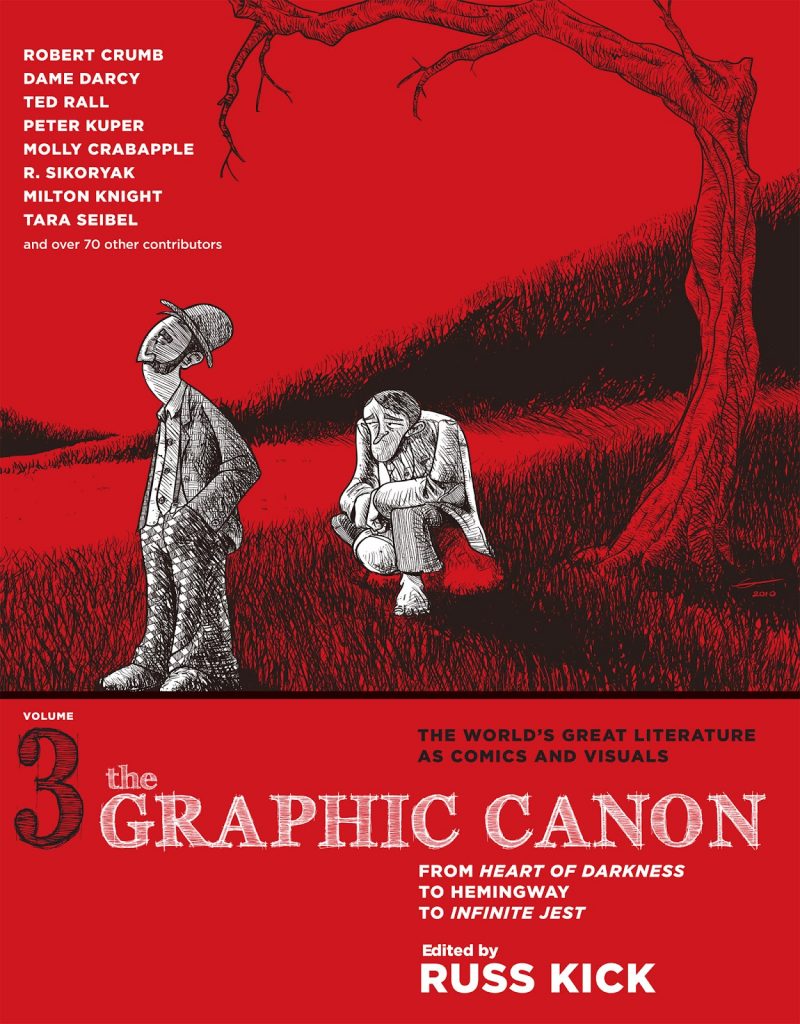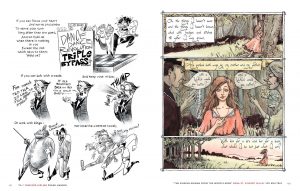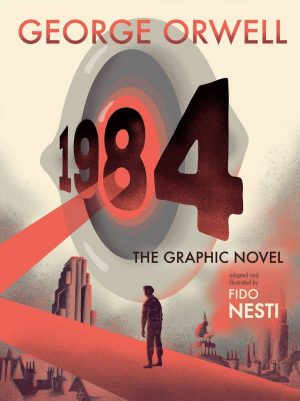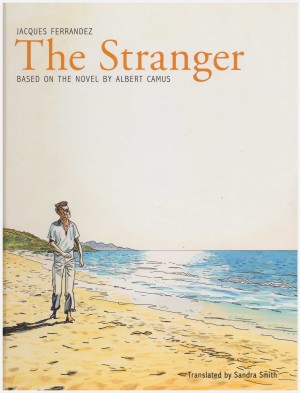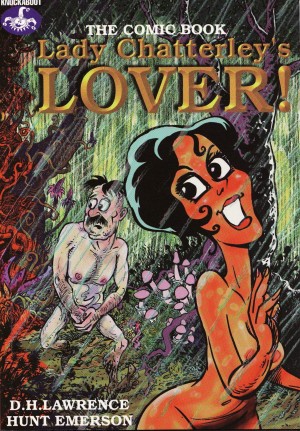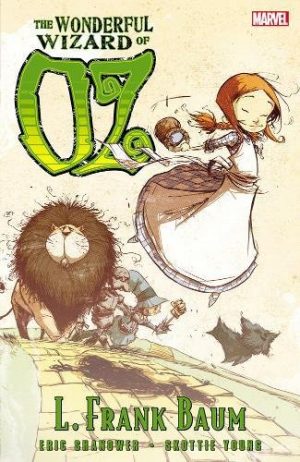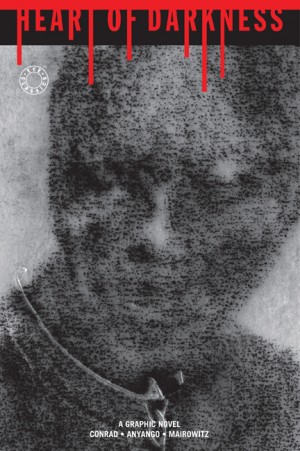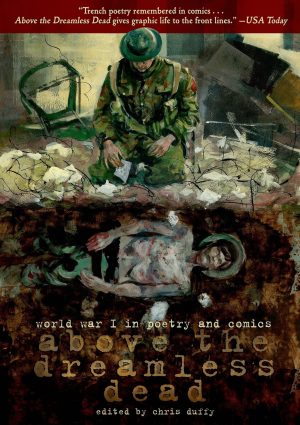Review by Ian Keogh
As it moves into the 20th century this third volume of Russ Kick’s laudable and ambitious Graphic Canon bumps up against a few considerations that didn’t affect Volume 1 or Volume 2. The first is that there’s still no consensus as to what stands the test of time. Graham Greene was lauded during his lifetime and forgotten within years of his death. Will he be rediscovered seventy years later as Jane Austen’s works were? Also relevant is that much of the 20th century’s finest works remain in copyright, so unless permission was granted for inclusion the work is absent. The genius of Russ Kick as editor is that you’d never know. Absentees could as easily fall under the auspices of personal choice as permission refused, and this is a seamless tour through the century closing with David Foster Wallace’s Infinite Jest, published in 1996.
As before artists were given free rein as long as they didn’t mess with plot and characters, and obviously the length of works like The Age of Innocence, One Hundred Years of Solitude and Foucault’s Pendulum mean they’re excerpted rather than complete. Poems are complete, and some adapters show considerable ambition, such as Rebecca Migdal supplying the essence of Kate Chapin’s The Awakening in fourteen pages and David Lasky adapting Ulysses in seven! Many contributors resort to clever one or two page summaries, with Lisa M. Brown’s three panel versions amusingly astute. She also supplies a brief Lady Chatterley’s Lover. However, some inclusions have been entirely transferred to graphic novel format elsewhere (see recommendations), and some authors are represented by complete short stories (H. G. Wells, Ernest Hemingway, W. Somerset Maugham).
Much the same applies to this selection as before. It’s a first rate guide to the century’s literature, while Kick’s erudite introductions are a course in themselves, and he features an amazing selection of artistic interpretation. That’s the most troubling aspect, and it’s doubtful anyone other than Kick appreciates every page. A few artists appear several times (Molly Kiely, John Pierard, Tara Seibel, Anthony Ventura) with mixed results.
The best illustrators add something indefinable even if being faithful to the work, such as R. Sikoryak’s brilliant fusing of Metamorphosis with Peanuts, Chandra Free’s remarkable evocation of The Waste Land and Jamie Uhler’s typographical design applied to Letters to a Young Poet. The worst can make you wonder what prompted Kick to commission them in the first place, including several summing up a work with a single sketchy illustration. The sample art provides two superior and contrasting visions, Frank Hansen’s modernising of Rudyard Kipling’s If, and children’s book illustrator Joy Kolitsky’s delicacy applied to the statement of Edna St Vincent Millay’s The Singing Woman From the Wood’s Edge. It could have been Milton Knight’s superbly exaggerated Poker! and one of several other illustrative adaptations covering the same ground equally well. The wordless adaptation is also frequent.
The artists best known to comic readers will be Robert Crumb, Peter Kuper and Ted Rall, although Crumb’s version of Jean-Paul Sartre’s Nausea will frustrate any non-French speakers. A new addition for this volume is artists using photo-dioramas, Graham Rawle for the Wizard of Oz, and Laura Plankser for Animal Farm. The most astonishing task? Zak Smith’s illustrations each encapsulating a single page of Thomas Pynchon’s Gravity’s Rainbow take some beating.
Accept you’re not going to like everything and The Graphic Canon Volume 3 will still offer enough enlightenment, and for most introductions to previously unread literature, and it’s a work of towering aspiration. If preferred, all three volumes are available in a slipcased edition.
